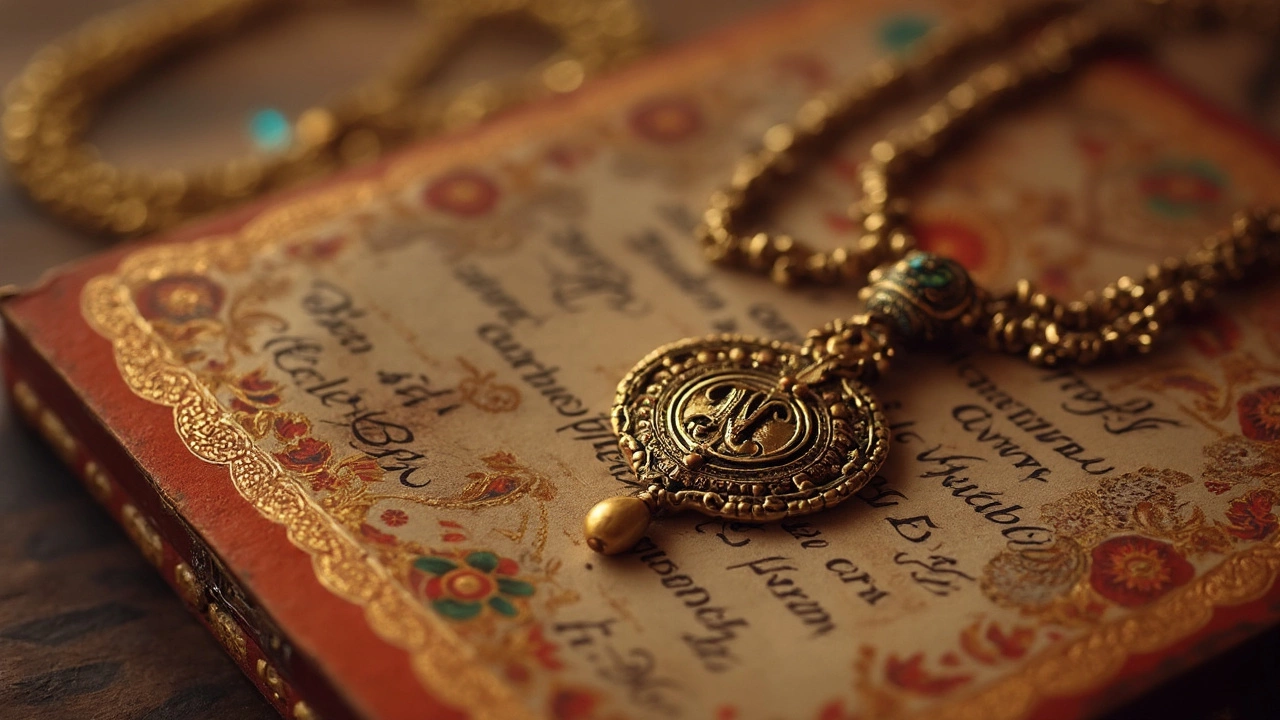Jewelry Marks: How to Read Hallmarks, Stamps & Purity Codes
When you shop for jewellery, a tiny stamp can tell you a lot about what you’re holding. Those marks are the jeweller’s way of saying “this is genuine” and “this is the purity you’re paying for”. Knowing how to read them saves money and avoids disappointment.
Common Gold Marks You’ll See
Gold jewellery in India usually carries a four‑digit number that shows its purity. 375 means 9‑carat gold (37.5% pure), 585 is 14‑carat (58.5% pure), 750 is 18‑carat (75% pure) and the popular 875 is 21‑carat gold (87.5% pure). If you spot a “21K” or “21 K” marking, it means the same as 875. The BIS hallmark – a triangle with a line inside – often appears next to these numbers and guarantees the gold meets Indian standards.
Sometimes you’ll see “916” or “22K”. Those are 22‑carat pieces, mostly used for wedding rings and traditional designs. The higher the number, the richer the colour but also the softer the metal, so think about how you’ll wear it.
Silver Marks and What They Mean
Silver is a bit easier. The most common stamp is “925”, which means 92.5% pure silver, also called sterling. In India you’ll also find “800” (80% pure) and “833” (83.3% pure). The “833” mark is popular for traditional jewellery because it’s a little harder than pure silver, making delicate work easier.
Just like gold, a BIS hallmark can sit next to the silver stamp. If you see a “925” without any other clues, it’s usually safe, but always check for the Hallmark logo to be sure.
Other metals like copper or brass might carry a “Cu” or “Br” mark, especially on costume pieces. Those aren’t valuable in the same way as gold or silver, but they’re useful to know if you’re looking for something hypoallergenic.
Quick tip: use a magnet. Real gold and silver aren’t magnetic, so if the piece sticks, it’s likely plated or alloyed with a magnetic metal.
Beyond the numbers, you might also see maker’s marks – a tiny symbol or initials that identify the jeweller. These can help you trace the piece back to a reputable brand, which is handy for resale.
When you’re buying online, ask the seller for clear photos of the marks. If the marks are worn off, request a certificate or a return policy that covers authenticity.
Understanding jewellery marks isn’t rocket science, but it adds confidence to every purchase. Look for the purity number, check the BIS hallmark, and verify with a magnet test. With those simple steps, you’ll know if you’re holding genuine gold, sterling silver or just a shiny imitation.
KK Mark on Jewelry: What Does It Really Mean?
Ever spotted 'KK' engraved inside a ring or pendant and wondered what it means? This article breaks down the mystery behind the KK mark on jewelry, its origin, and why it appears on antique pieces. Learn how to recognize genuine KK markings, understand their value, and avoid falling for lookalikes. Plus, get tips for collectors and buyers looking for authentic antique finds. Find out how this tiny mark can tell a big story about craftsmanship and history.
Understanding 'N' on Antique Jewelry: What It Means and Why It Matters
Ever noticed a mysterious 'N' on your antique jewelry? This hallmark opens doors to the jewelry's age, history, and authenticity. Whether you're a collector or just curious, this guide will help you decipher what 'N' means. Understanding these marks can elevate your appreciation and help you make informed buying decisions.






